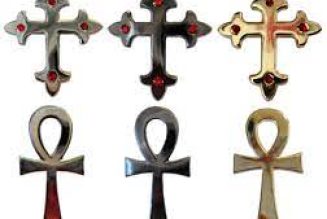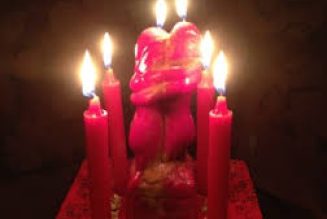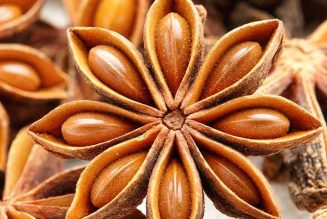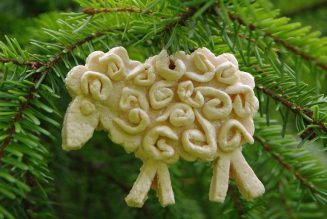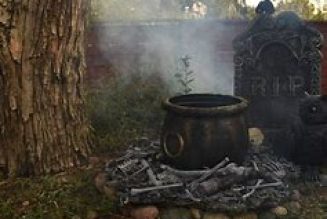The summer solstice has long been a time when cultures celebrated the lengthening year. It is on this day, sometimes called Litha, that there is more daylight than any other time; a direct counterpoint to the darkness of Yule. No matter where you live, or what you call it, chances are you can connect to a culture that honored a sun deity around this time of year. Here are just a few of the gods and goddesses from around the world that are connected with the summer solstice.
Amaterasu (Shinto): This solar goddess is the sister of the moon deity and the storm god of Japan, and is known as the goddess “from which all light comes”. She is much loved by her worshippers and treats them with warmth and compassion. Every year in July, she is celebrated in the streets of Japan.
Aten (Egypt): This god was at one point an aspect of Ra, but rather than being depicted as an anthropomorphic being (like most of the other ancient Egyptian gods), Aten was represented by the disc of the sun, with rays of light emanating outward. Although his early origins aren’t quite known – he may have been a localized, provincial deity – Aten soon became known as the creator of mankind. In the Book of the Dead, he is honored with “Hail, Aten, thou lord of beams of light, when thou shinest, all faces live.”
Apollo (Greek): The son of Zeus by Leto, Apollo was a multi-faceted god. In addition to being the god of the sun, he also presided over music, medicine, and healing. He was at one point identified with Helios. As the worship of him spread throughout the Roman empire into the British Isles, he took on many of the aspects of the Celtic deities and was seen as a god of the sun and of healing.
Hestia (Greek): This goddess watched over domesticity and the family. She was given the first offering at any sacrifice made in the home. On a public level, the local town hall served as a shrine for her — any time a new settlement was formed, a flame from the public hearth was taken to the new village from the old one.
Horus (Egyptian): Horus was one of the solar deities of the ancient Egyptians. He rose and set every day, and is often associated with Nut, the sky god. Horus later became connected with another sun god, Ra.
Huitzilopochtli (Aztec): This warrior god of the ancient Aztecs was a sun god and the patron of the city of Tenochtitlan. He battled with Nanahuatzin, an earlier solar god. Huitzilopochtli fought against darkness and required his worshipers to make regular sacrifices to ensure the sun’s survival over the next fifty-two years, which is a significant number in Mesoamerican myths.
Juno (Roman): She is also called Juno Luna and blesses women with the privilege of menstruation. The month of June was named for her, and because Juno was the patroness of marriage, her month remains an ever-popular time for weddings and handfasting.
Lugh (Celtic): Similar to the Roman god Mercury, Lugh was known as a god of both skill and the distribution of talent. He is sometimes associated with midsummer because of his role as a harvest god, and during the summer solstice the crops are flourishing, waiting to be plucked from the ground at Lughnasadh.
Sulis Minerva (Celtic, Roman): When the Romans occupied the British Isles, they took the aspects of the Celtic sun goddess, Sulis, and blended her with their own goddess of wisdom, Minerva. The resulting combination was Sulis Minerva, who watched over the hot springs and sacred waters in the town of Bath.
Sunna or Sol (Germanic): Little is known about this Norse goddess of the sun, but she appears in the Poetic Eddas as the sister of the moon god. Author and artist Thalia Took says, “Sól (“Mistress Sun”), drives the chariot of the Sun across the sky every day. Pulled by the horses Allsvinn (“Very Fast”) and Arvak (“Early Rising”), the Sun-chariot is pursued by the wolf Skoll… She is the sister of Måni, the Moon-god, and the wife of Glaur or Glen (“Shine”). As Sunna, She is a healer.”
















